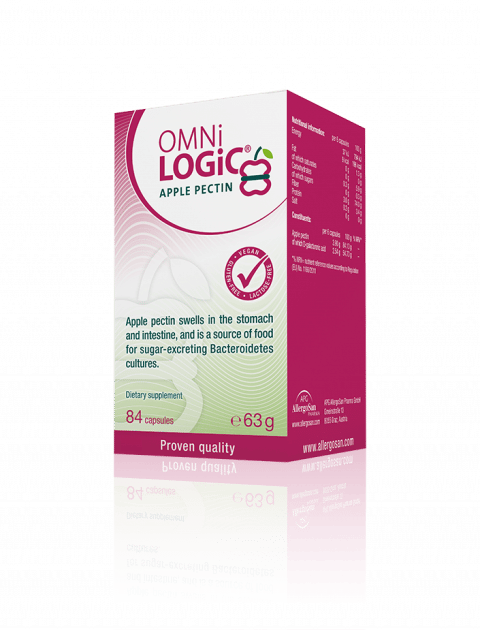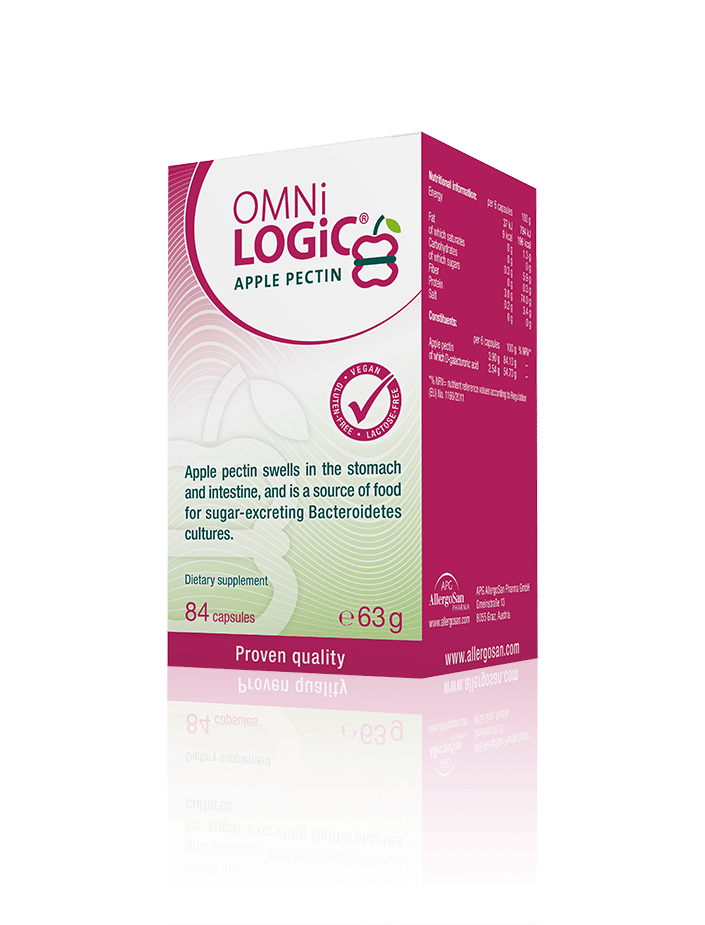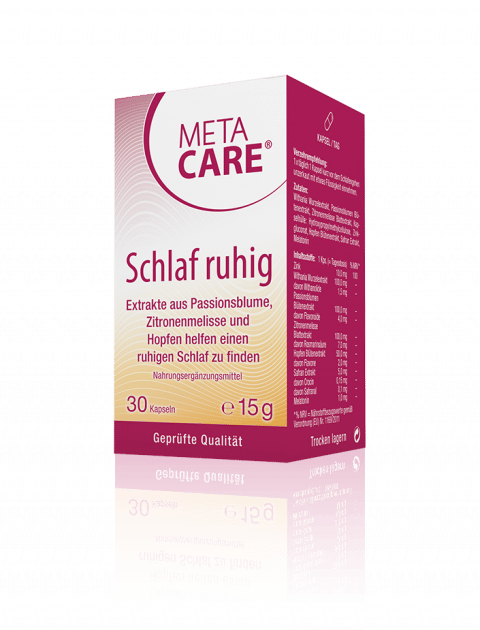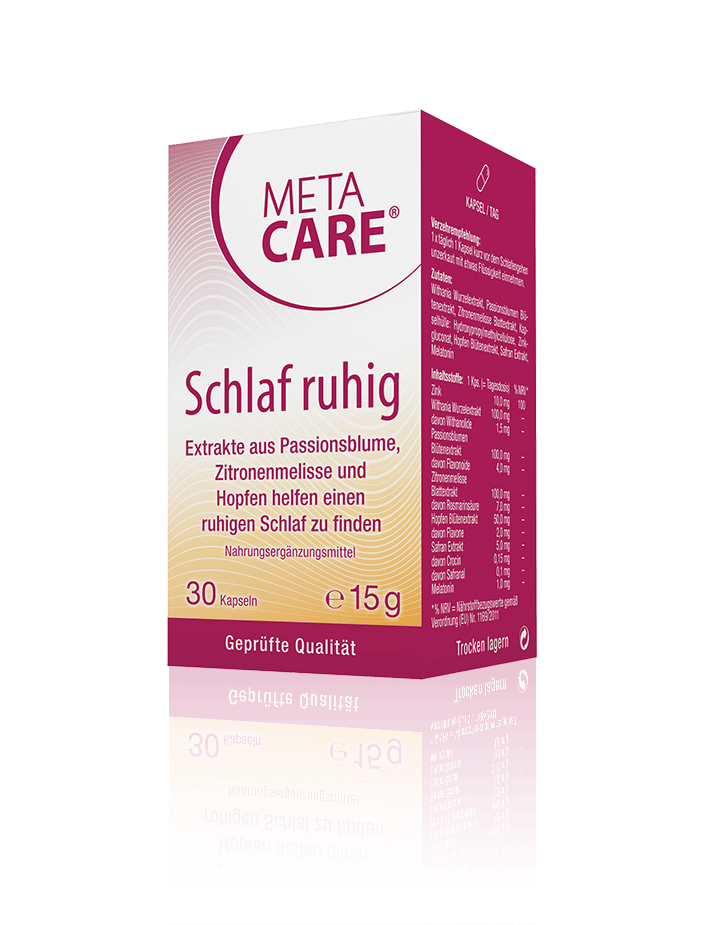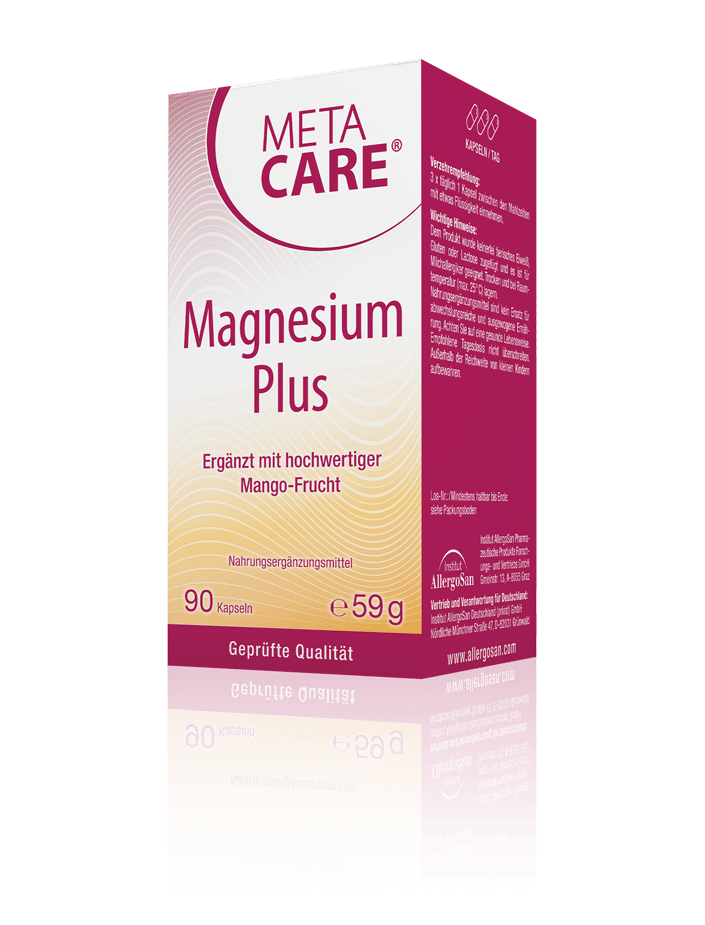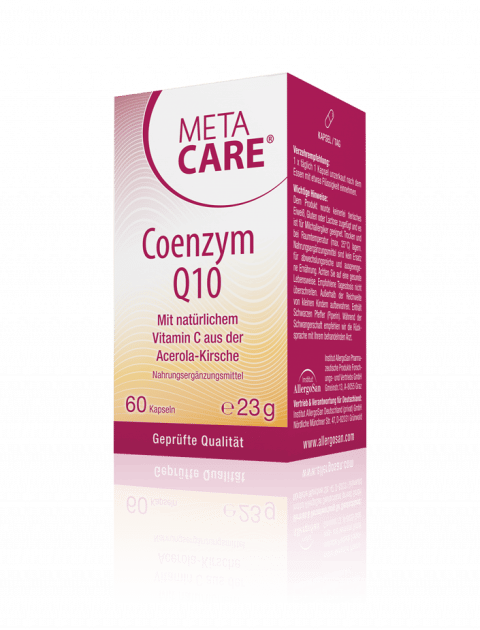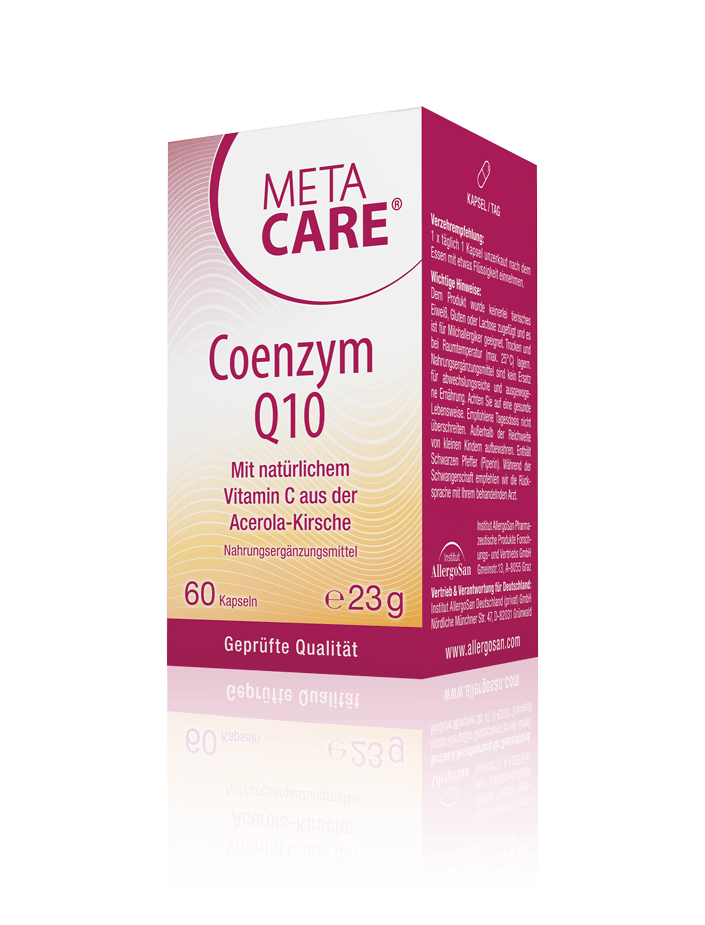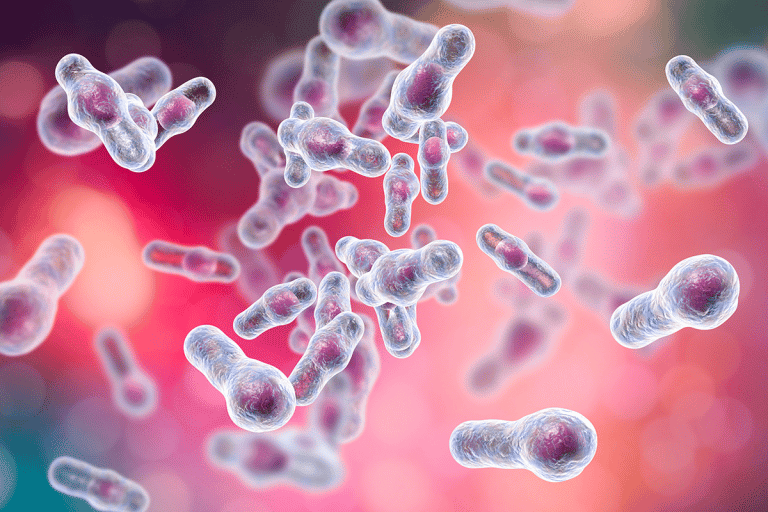
Ing. Elisabeth Schön, MSc.
Intestines on high alert: Intolerance or Allergy?
Often enough, intolerances and allergies are seen as the same thing. Even though the occurring symptoms are similar, the cause and mechanisms of each couldn’t be more different. How does one recognize intolerances – and what are the causes that lie behind it?
The difference between allergies and intolerances
A food allergy is an overreaction by our immune system towards protein-components in our food, that are seen as foreign by our body. These unsuitable proteins are known as allergens. The resulting overreaction produces antibodies, so-called immunoglobulins. When allergens and antibodies come into contact, our bodies own mast-cells release histamine. Histamine is a bodily substance that is released in small amounts to aid digestion and in large amounts for allergic reactions. „A real allergic reaction is seldom. Only 2-5% of the world’s population is affected by an allergy towards certain food-groups. In the German-speaking world, only 8% of children and about 1-4% of adults are affected“, estimates MSc Katharina Hammerl, nutritionist and medical consultant at the Allergosan Institute.
Food intolerances are much more common. An intolerance towards certain foods – in comparison to allergies – doesn’t involve the immune system but rather an enzyme defect. One exception is Gluten intolerance: here the immune system is also heavily involved. Regardless whether an allergy or intolerance – the symptoms in the gastrointestinal system are similar: bloating, stomach-aches, diarrhoea or constipation occur often. „Carbohydrates, for example, aren’t absorbed properly and reach intestinal segments in which they don’t belong. The bacteria located there, break down these sugars and the resulting metabolites cause discomforts“, explains MSc Hammerl. Besides symptoms in the gastrointestinal system, unspecific complaints such as fatigue, general exhaustion, headaches, palpitations, swallowing disorders and a running nose can arise. Reaching a diagnosis usually takes a while, especially because symptoms can be so unspecific and it can be a long and difficult journey for patients. You can find an Intolerance Checklist on page 49, which includes all indications to help you recognize an intolerance.
Typical food intolerance symptoms:
- Stomach-aches and cramps
- Bloating
- Diarrhoea
- Constipation
- Asthma-like symptoms
- Fatigue
- Swallowing disorders
- Palpitations
- Headaches
- Skin reactions (dermatosis)
- Flush (Blushing)
- Development disorders in children

The most common intolerances
Lactose and fructose intolerances, histamine intolerance as well as gluten intolerance, or coeliac disease, belong to the most common intolerances. Lactose intolerance, an intolerance towards the milk sugar lactose, is an enzymatic ailment. „Not enough of the enzyme Lactase is produced. As a result, lactose can’t be broken down into glucose and galactose in the intestines. Instead, lactose is digested by intestinal bacteria. This leads to typical symptoms such as intense bloating and diarrhoea“, clarifies the nutritionist. Lactose intolerance is very wide-spread: 80-90% of the population in northern countries can metabolize lactose, whereas only 10-30% of the inhabitants in southern Europe and only 1-2% of the population close to equator and Asia can.
Histamine intolerance is also an enzymatic intolerance. Histamine is broken down by the enzyme Diamine oxidase (DAO) in the intestine. If too little DAO is produced, not enough Histamine is biodegraded. This can occur when the DAO-Enzyme is oversaturated through a high dietary Histamine intake (e.g. red wine, cheese, nuts etc.). Furthermore, if the bowel mucosa is either diseased or under acute stress, the DAO-Enzyme is incapable of completing its task. Consequently, symptoms may include: headaches, stomach-aches, diarrhoea, itchiness, rashes, a running nose, occasionally even asthma and cardiac arrhythmias.
An intolerance towards certain foods – in comparison to allergies – doesn’t involve the immune system but rather an enzyme defect.
With fructose intolerance, we must differentiate between fructose malabsorption, in which fructose isn’t completely absorbed, and hereditary fructose intolerance. Flatulence, stomach cramps, and nausea can occur in both forms of fructose intolerance through the intake of fruit, jam, fruit-juices and certain vegetables.
A gluten intolerance – not to be confused with a wheat allergy – is an intolerance towards the adhesive protein Gluten, which is included in many types of grain such as rye, oats, spelt and wheat. The most severe form of gluten intolerance, Coeliac disease, is an autoimmune disease which leads to a chronic inflammation of the small bowels. As a result, the function of the small bowels and absorption of nutrients is severely affected. Due to this loss of function, patients suffer from deficiencies, digestive problems and a wide range of other symptoms. The resulting atrophy of the villi or, in other words, loss of small bowel villi (these are the many small protrusions on the surface of the mucosa) is typical for Coeliac disease (refer to the illustration above). Affected patients must make sure they have a sufficient nutritional intake and most importantly, a completely gluten-free diet.
Lesser-known intolerances
Besides the well-known intolerances, there are also rare, lesser-known intolerances – so-called pseudo allergies. The expert, Mag. Hammerl, explains: “These intolerances are very seldom with a probability of 0,1%. Patients more commonly assume they suffer from such intolerances. People with hives, a.k.a. urticaria, tend to suffer more from pseudo allergies.”
Among these are intolerances towards sulphur dioxide and sulphites. These sulphur bonds are mainly used for the preservation of foods, such as preventing dried fruit from going brown. However, they are also found naturally in foods. Wine, Sauerkraut, grape-juice, and lemons all contain high amounts of sulphites. Even other food additives, also labelled as E-numbers, can lead to pseudo-allergic reactions in rare cases. These substances include conservatives such as benzoic acid, different dyes, artificial flavours or the flavour enhancer glutamate. A glutamate intolerance often goes hand in hand with the so-called „China-restaurant-syndrome“, which is characterized by headaches, inner tension in the head and face, sweating attacks and dizziness. The food groups and substances that cause pseudo-allergies, only lead to symptoms in large amounts and can easily be avoided or taken off the menu in day-to-day life.
The difficult journey to a diagnosis

Diagnosing intolerances in many cases isn’t easy and can take up a lot of time. In the case of fructose malabsorption or lactose intolerance, a diagnosis can be made using the H2-Breath-Test. For this test, a fructose or lactose solution is ingested and then the hydrogen concentration in the patient’s breath is measured at regular intervals. Hereditary fructose intolerances, on the other hand, are diagnosed using gene testing.
At the moment, there is no consistent test to guarantee the detection of histamine intolerances. In this case, the help of the affected is needed. First of all, a targeted medical history is needed, usually through an allergist, as well as the diamine oxidase blood concentration. If the DAO concentration is too low, a histamine intolerance is very likely. Self-awareness is an essential step towards a diagnosis: affected patients should change to a low histamine diet for about three to six weeks and should observe their symptoms. Afterwards, all foods should be reintroduced step-by-step into their diet under medical supervision. Patients should always write down what foods were reintroduced and possibly what discomforts they caused in a diary. This is an easy way to recognize suspicious substances. Additionally, skin tests with different allergens and further blood tests can be carried out. These tests can, however, lead to incorrect results. „This is why provoking symptoms with identified foods is the most reliable diagnostic method. It should, nevertheless, be performed carefully due to a possible immunological reaction“, emphasises the expert. The diagnosis should ideally be accompanied by a nutritional therapy in the case of a suspected histamine intolerance.
Coeliac disease can be detected by certain antibodies with the help of a blood test. A biopsy of the small bowel puts the results beyond any doubt. Diagnostic tools have improved tremendously in the last few years. That is the reason why more and more people are being diagnosed with gluten intolerance.
What you can do against food intolerances
What can you do against digestive problems and other symptoms that always reappear? If you suspect an intolerance, there are certain steps that can lead to improvement, even if you aren’t sure which foods you don’t tolerate. For example, a food diary can help lead to a diagnosis. In doing so, all meals and occurring discomforts should be documented. It is important to also include the time, as symptoms can vary in strength through course of the day. A diary can offer initial clues as to which foods aren’t tolerated. It should also be taken with to the doctor, as it can help with the diagnosis. If the suspicious foods are brought to light, the next step is to remove them from the menu for eight to twelve weeks. Thanks to an exclusion or elimination diet, the digestive system is rested and the intestines can recover. During this phase, it is especially beneficial to support the intestine by supplying wholesome bacteria. Nutritionist Hammerl explains: „The helpful bacteria can be ingested in the form of probiotics, which balances out the bacterial flora. Lactobacilli and Bifidobacteria are found naturally in the digestive system and are responsible for an optimally functioning immune system, the protection of our intestines against germs and the production of a dense intestinal barrier against allergens.“ It is especially important to supplement our body with wholesome bacteria and support our gut bacteria when our intestinal microbiome is weakened because of food intolerances. „Special multi-species Probiotics boost the build-up of the intestinal mucosa, inhibit the inflammatory reaction and stabilize the immune system“, stresses MSc. Hammerl.
Especially when there is no improvement, should you visit your general practitioner if you suspect an intolerance. And maybe you will get a referral to an allergist or gastroenterologist.
Once the suspects have been identified, you should pay attention to the ingredients of foods while grocery shopping. Good to know: Allergens and additives that cause intolerances have to be declared by the manufacturers and are printed in bold letters among the ingredients.
The most important diet rules for intolerances:
Lactose intolerance
- Avoid foods that contain lactose: Milk and dairy products, cheese, chocolate, milk ice, ready-made meals, pastries (be aware of the ingredients).
- Play it safe and try soy, rice and almond drinks as well as coconut milk; be aware of the ingredients on the labels: Lactose is always printed in bold letters because it is an allergen.
- For example, sheep cheese, mozzarella and butter cheese contain little lactose.
Histamine intolerance
- Avoid histamine-rich foods: citrus fruits, pineapples, strawberries, nuts, tomatoes, spinach, cheese, chocolate, alcohol, some teas.
- The amount of histamine in freshly prepared meals is considerably less than of that in pre-cooked meals and canned foods – freshly cooked meals are the way to go!
- Vitamin B6 supports Diamine oxidase to break down histamine. Make sure you have a sufficient Vitamin B6 intake!
Coeliac disease
- Avoid foods that contain gluten: All products that include wheat, rye, spelt, green spelt, oats, barley as well as commercial baked goods, muesli and beer.
- Natural foods are preferable to ready-made meals and complex dishes. Watch out for gluten-free products!
- Alternatives to common grains are rice, corn, millet, quinoa, amaranth and buckwheat.

